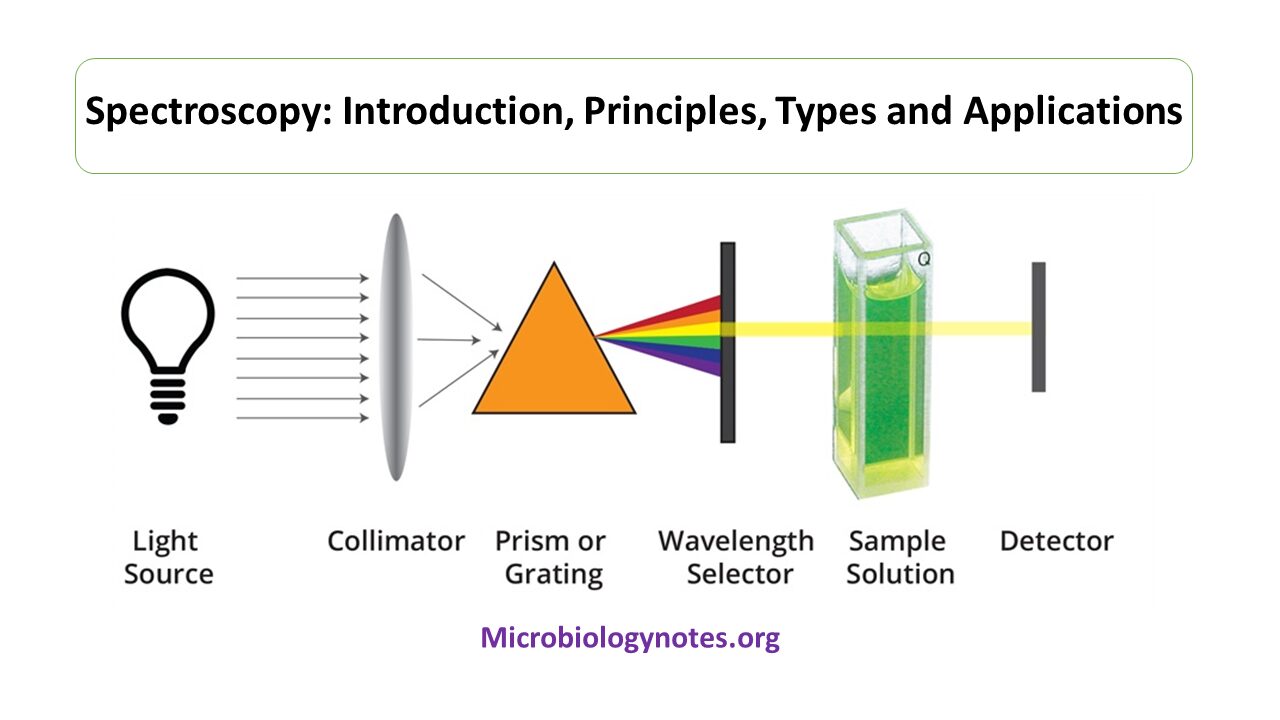Contents

Source: ATA Scientific
Understanding Optical Spectroscopy
Introduction
Optical spectroscopy is a scientific technique that involves the interaction of light with matter to analyze its properties. By measuring the strength of this interaction as a function of wavelength or optical frequency, valuable information about the material can be obtained.
Applications of Spectroscopy
Spectroscopy is widely used to detect substances, measure their properties, and monitor processes in various industries. For example, gas spectroscopy helps in measuring trace gas concentrations, temperatures, and controlling chemical processes. It is also essential in establishing optical frequency standards.
Types of Spectroscopic Methods
There are numerous spectroscopic methods, many of which involve lasers and are known as laser spectroscopy. Lasers offer advantages such as high coherence, narrow linewidths, and tunability, expanding the capabilities of spectroscopic analysis significantly.
Physical Effects Exploited in Spectroscopy
One of the primary interactions in spectroscopy is the absorption of light by atoms and molecules, leading to distinct absorption features that can differentiate between different substances. Other effects include emission or scattering of light, which can provide valuable information about the material being studied.
Advanced Techniques in Spectroscopy
Modern spectroscopic techniques utilize high-intensity light sources, nonlinear optical effects, and frequency combs generated by mode-locked lasers. These advancements enable precise measurements and in-depth analysis of materials, including time-resolved spectroscopy with high temporal resolution.
Applications and Future Developments
Spectroscopy finds applications in various fields, from environmental monitoring to material characterization. Emerging technologies like terahertz spectroscopy and frequency combs are pushing the boundaries of what spectroscopy can achieve, offering new insights and possibilities for scientific research and industrial applications.
In conclusion, optical spectroscopy is a powerful tool for analyzing the properties of matter through light-matter interactions. Its wide range of applications and continuous technological advancements make it an indispensable technique in scientific research and various industries.

Source: Microbiology Notes
Feel free to comment your thoughts.



